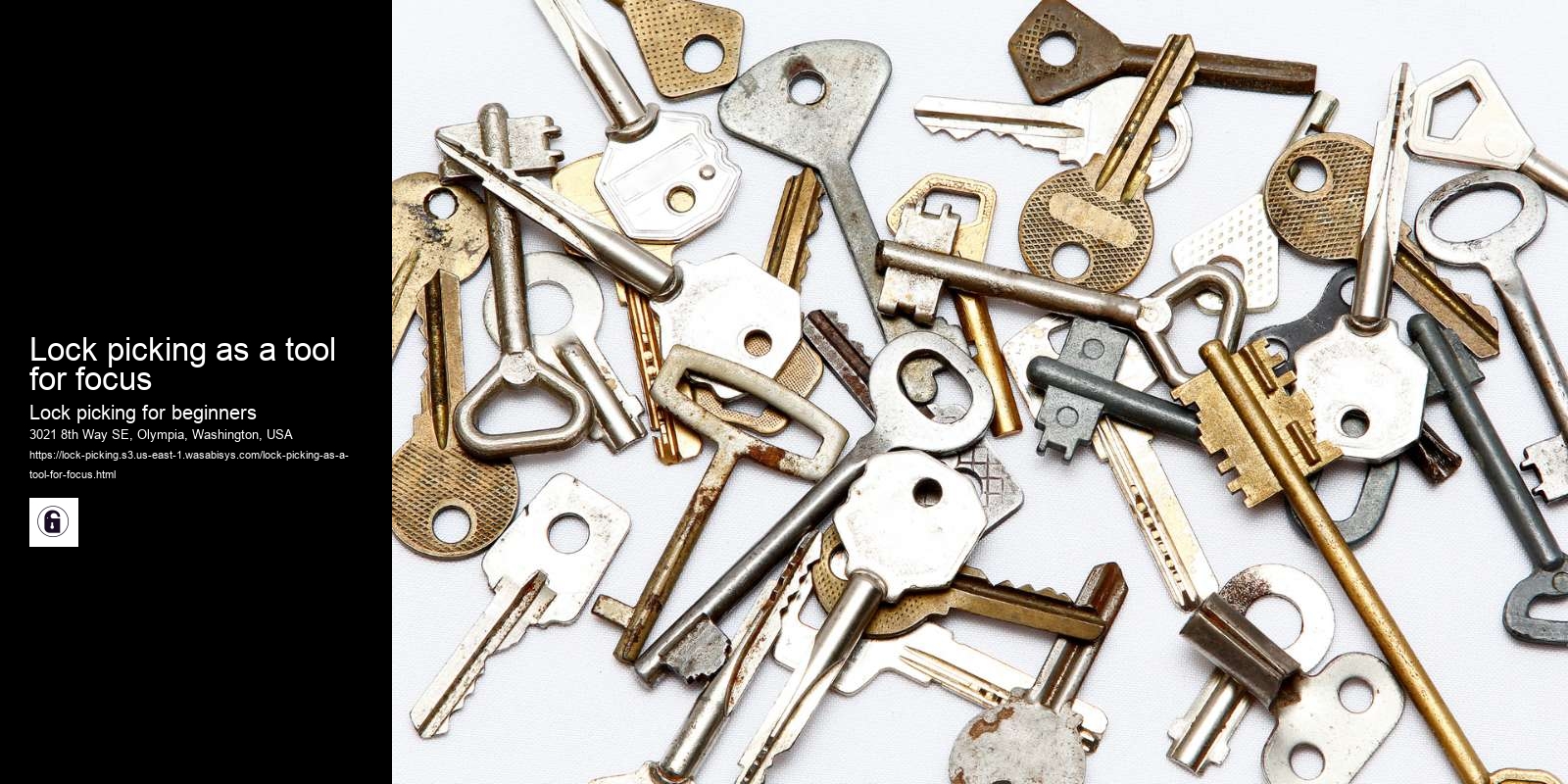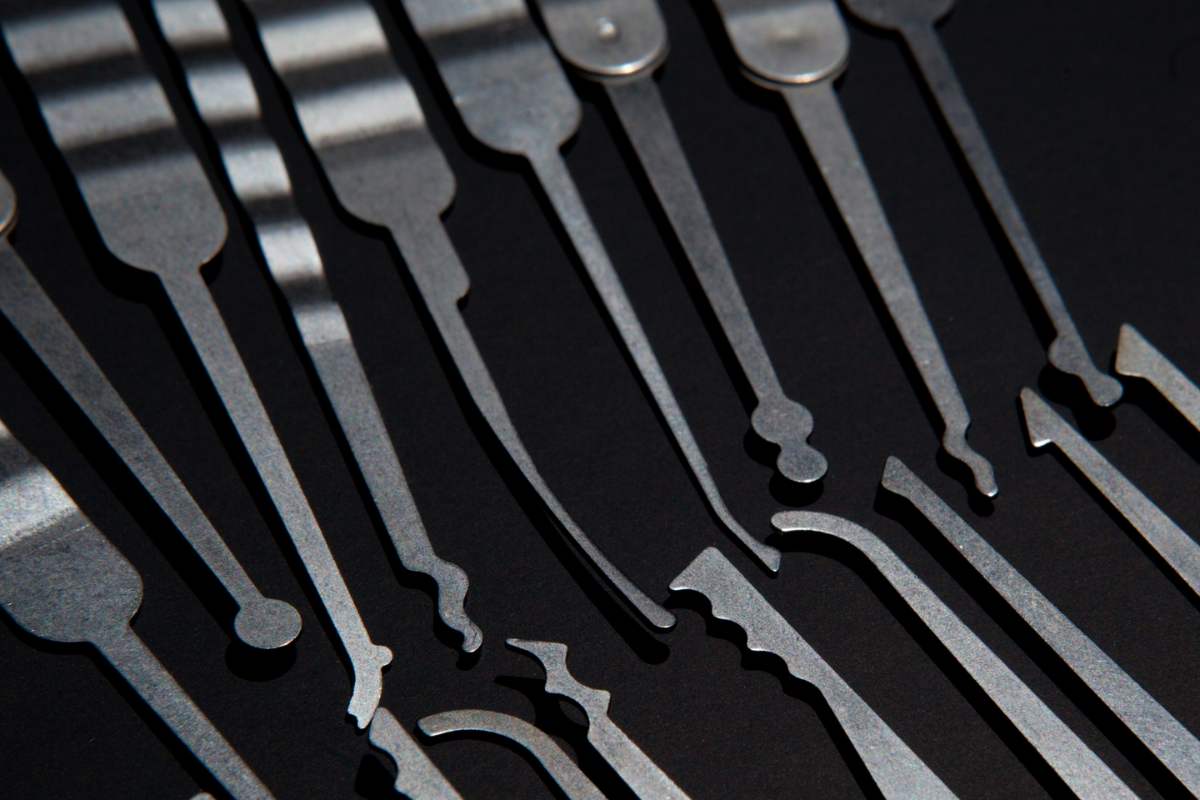What is the difference between raking and single-pin picking?
The difficulty of lockpicking can also vary depending on the type and complexity of the lock being picked. Basic padlocks and low-security residential locks may be relatively easy to pick with the right tools and techniques, while high-security commercial or government locks may require more advanced skills and specialized tools.
Ultimately, the key to becoming proficient in lockpicking is practice and persistence. As with any skill, it takes time and effort to develop the muscle memory and intuition needed to successfully pick a wide range of locks. It is also important to continually learn and adapt as new locks and technologies are developed, as the techniques and tools used in lockpicking are constantly evolving.
Yes, it is possible to teach yourself how to pick locks, but it is important to do so responsibly and ethically. Lockpicking is a skill that can be learned through practice and experimentation, and there are many resources available online and in print that can help you get started.
Before beginning to learn lockpicking, it is important to remember that it should only be used for lawful purposes and with the permission of the owner of the property being unlocked. Lockpicking is not a hobby or a game, and it can have serious consequences if used improperly or without proper authorization.


